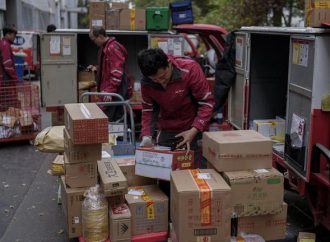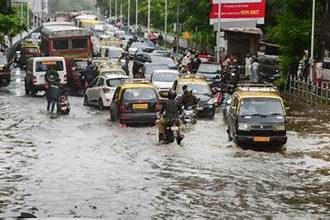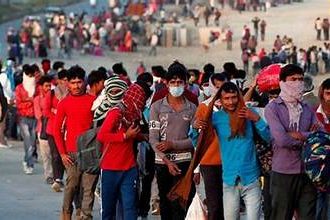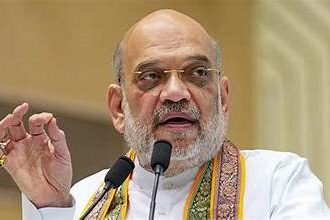In a recent statement, the Reserve Bank of India (RBI) provided an update on the country’s foreign exchange (forex) reserves, shedding light on their composition, current status, and implications for the Indian economy. This statement is crucial for understanding how India is positioned in the global financial landscape and what it means for both domestic
In a recent statement, the Reserve Bank of India (RBI) provided an update on the country’s foreign exchange (forex) reserves, shedding light on their composition, current status, and implications for the Indian economy. This statement is crucial for understanding how India is positioned in the global financial landscape and what it means for both domestic and international economic stakeholders.
What are Forex Reserves?
Forex reserves are assets held by a central bank in foreign currencies. These reserves include foreign banknotes, deposits, bonds, treasury bills, and other foreign government securities. They play a pivotal role in ensuring that a country can meet its international financial obligations, influence foreign exchange rates, and provide a buffer against economic shocks.
The Composition of India’s Forex Reserves
India’s forex reserves are primarily composed of:
- Foreign Currency Assets (FCA): These are the largest component and include US dollars, Euro, Yen, Pound Sterling, and other major currencies.
- Gold Reserves: Gold held by the RBI as a part of the reserves.
- Special Drawing Rights (SDRs): International type of monetary reserve currency created by the International Monetary Fund (IMF) and allocated to its member countries.
- Reserve Tranche Position (RTP) in the IMF: The difference between India’s quota in the IMF and the IMF’s holdings of Indian rupees.
Current Status of India’s Forex Reserves
As of the latest data from the RBI, India’s forex reserves stood at approximately $600 billion. This significant reserve level places India among the top holders of forex reserves globally, reflecting the country’s strong economic fundamentals and external sector resilience.
Reasons for the Growth in Forex Reserves
Several factors have contributed to the accumulation of forex reserves:
- Trade Surplus: Periods when exports exceed imports contribute positively to forex reserves.
- Foreign Investment: Inflows from Foreign Direct Investment (FDI) and Foreign Portfolio Investment (FPI) have been robust.
- Rupee Depreciation: When the rupee depreciates, the valuation of foreign currency assets in terms of rupees increases.
- Remittances: India is one of the largest recipients of remittances from its diaspora, adding to the forex reserves.
Challenges and Considerations according to RBI
While high forex reserves are generally positive, they come with certain challenges and considerations:
- Sterilization Costs: Managing large reserves can lead to sterilization costs, which occur when the RBI conducts operations to neutralize the inflationary impact of reserve accumulation.
- Investment Returns: Ensuring that the reserves are invested in safe yet return-generating assets is a continuous challenge.
- Global Economic Conditions: Fluctuations in global economic conditions can impact the value and composition of reserves.
The RBI’s statement on India’s forex reserves highlights a robust and well-managed reserve portfolio, reflecting the country’s strong economic position. These reserves are not just numbers on a balance sheet; they represent India’s capacity to navigate through global uncertainties and economic challenges. For policymakers, businesses, and investors, understanding the dynamics of forex reserves is essential in making informed decisions that align with India’s economic trajectory.


















Leave a Comment
Your email address will not be published. Required fields are marked with *